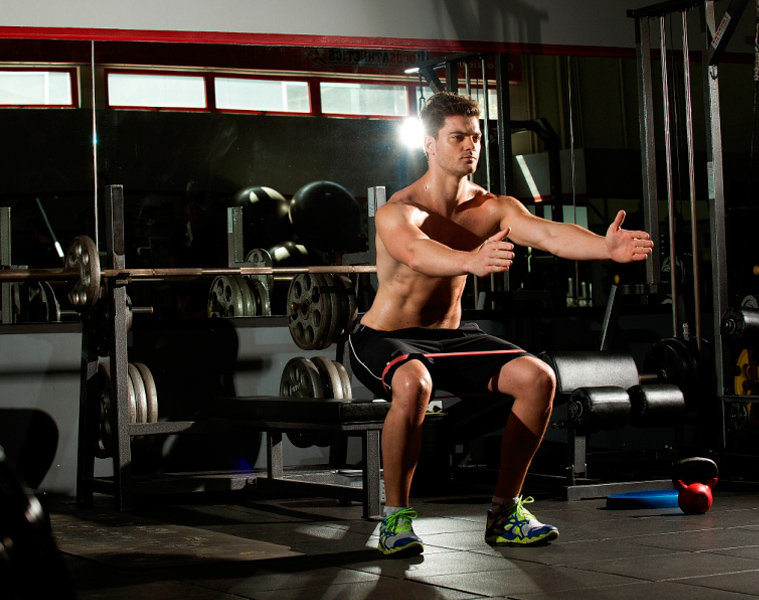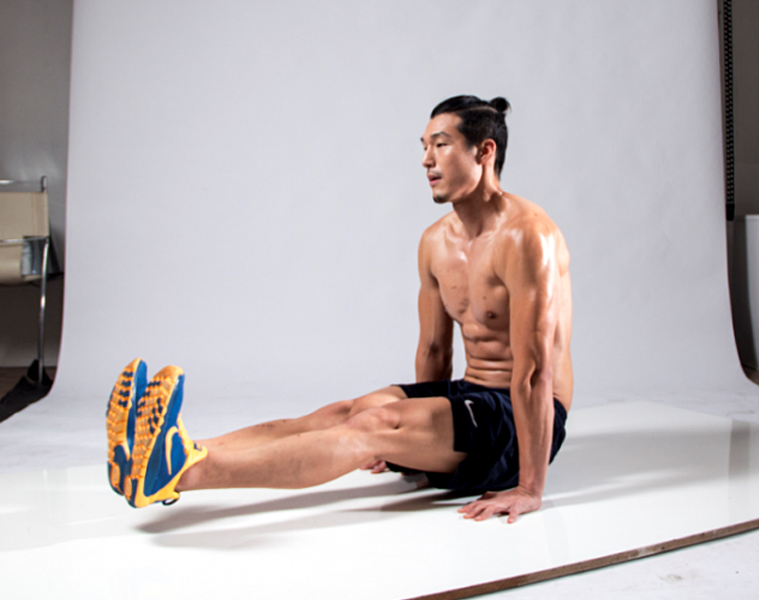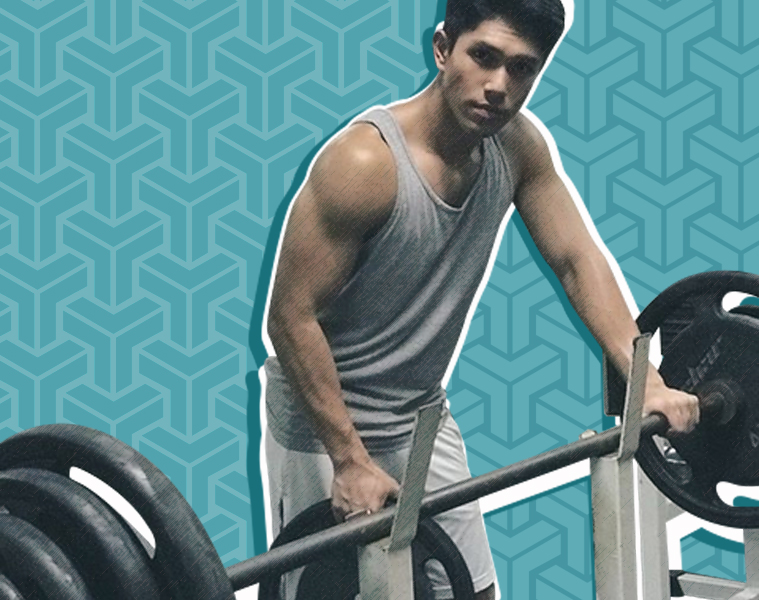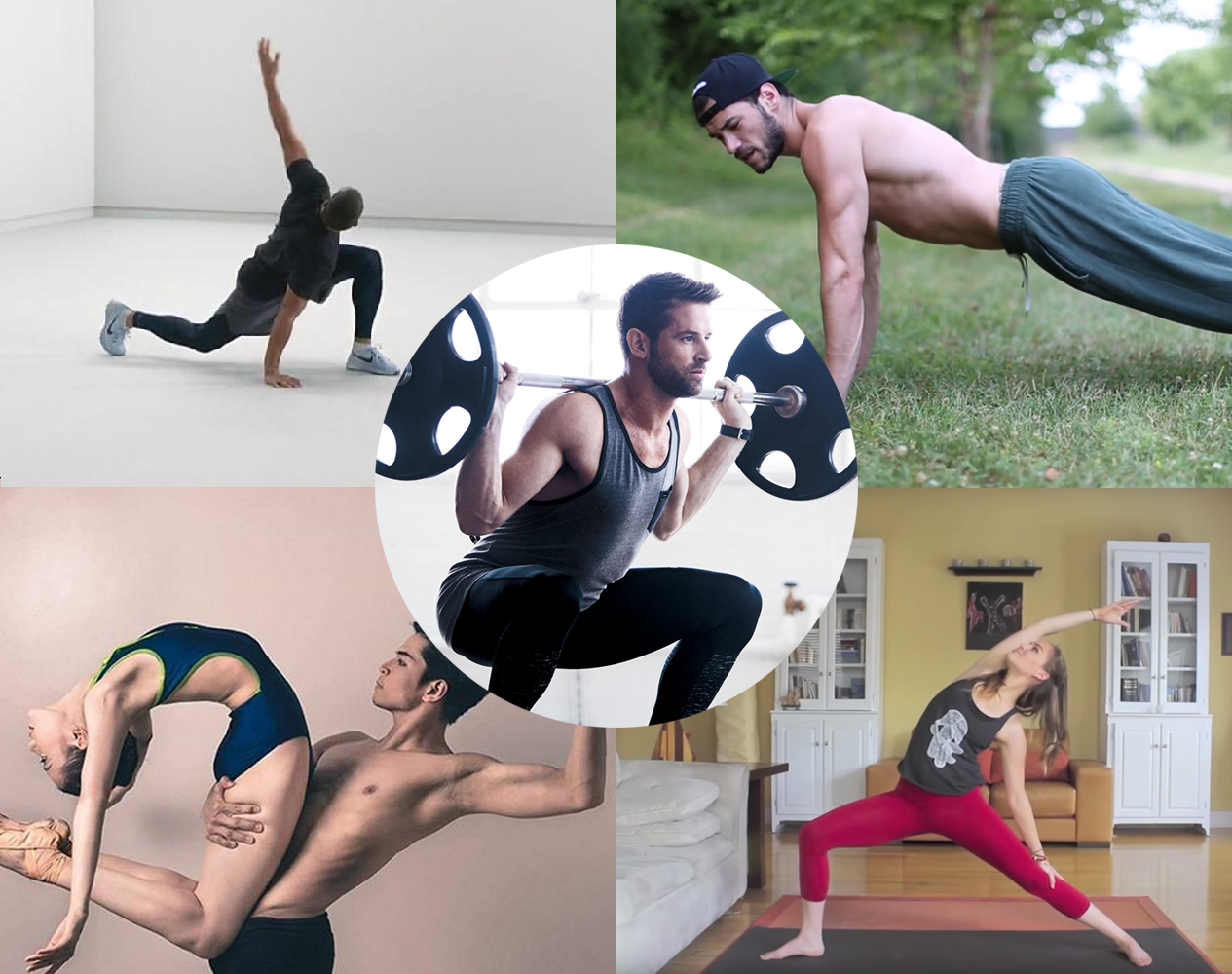How to build and tone up your muscle mass, both for flexing and for functional purposes

Man and machine do have a number of things in common. “A car requires symmetry and balance in order to run as fast and steadily as it can, and so do our bodies,” explains Focus Athletics co-founder, managing director, and performance coach Paolo Cabalfin. “By activating all off our muscles, each one is forced to stabilize and balance [as we work out].” Cabalfin earned his performance coach title at the Athlete’s Performance Institute in Arizona after going through a long and thorough rehabilitation and therapy process for basketball-caused injury. The experience at the institute had inspired him to learn more about the facilities and the methodology applied to him and other recovering athletes.
Along with the other coaches and physical therapists at Focus Athletics, Cabalfin works with professional athletes and recreational school athletes, alongside weekend warriors with deskbound day jobs. Whether someone is training as a pro or is simply looking to get ripped for an upcoming beach trip, emphasis is put on functional fitness, which begins with learning good form then gradually adding weight and difficulty to build stability and strength.
The exercises Cabalfin recommends here simultaneously use multiple muscles and joints to improve muscular endurance and overall strength as well as coordination, balance, posture, and agility. These won’t just pump up your muscles and make you look good; they prepare the body for athletic activities as well, from shooting a three-pointer on-court to everyday, real-world activities like reaching for something on the top shelf with ease.
Movement prep
 Targets: Glute activation to get your hip flexors ready to move. “All explosive movement starts from the butt,” explains Cabalfin.
Targets: Glute activation to get your hip flexors ready to move. “All explosive movement starts from the butt,” explains Cabalfin.
Technique: Put bands over your knees and do body weight squats, alternating between single leg and double leg squats. You can also add kettlebells or dumbbells as you squat and thrust your legs as you push up, since we typically also use our legs when pressing overhead. The added weight also lets the shoulder joints find their way through a safe range of motion. The combination makes the movement a total-body one.
The ladder
 Targets: Balance, agility, and the ability to be fast in a straight line.
Targets: Balance, agility, and the ability to be fast in a straight line.
Technique Your coach will wrap resistance bands around your waist and will pull you back—as demonstrated here by Cabalfin—while you do high knee runs. Make sure to step only within each box; as in a ladder, if you miss a step, you fall.
Medicine ball
 Targets: Power development, core stability, balance development, hand-eye coordination, and speed of response. This particular workout has low impact on the joints; for athletes, this helps develop sports-specific strengths with a low risk of injury. “Think overhead throw passes in basketball or the rotational power necessary in tennis and golf,” Cabalfin says.
Targets: Power development, core stability, balance development, hand-eye coordination, and speed of response. This particular workout has low impact on the joints; for athletes, this helps develop sports-specific strengths with a low risk of injury. “Think overhead throw passes in basketball or the rotational power necessary in tennis and golf,” Cabalfin says.
Technique: With a braced core, squat then fully extend your back and arms as you throw the ball to the wall. Stay alert and catch the ball with both hands, keeping your back straight and stable, then repeat.
Keiser-resisted pull up
 Targets: Upper body strength
Targets: Upper body strength
Technique: Your coach will fasten a belt around your waist and then attach and adjust resistance bands for weight, which can feel as heavy as 60 pounds in its weight equivalent. Pull yourself up, and raise your legs from the knees.
Photographer: Advan Ramirez
Grooming: Ponti.
Model: Daniel at Reign Models.
This story originally appeared in the May 2015 issue of Garage Magazine.
















